How do you know if your communication is effective?
How do you know if your communication is effective?
We all know that communication is vital within organisations and for leaders and managers it is a key skill to ensure we engage, inform and support our teams. So how do we know if our communication is effective and what can we do about it?
Why should we evaluate our communication?
When communicating we should consider evaluating how effective it is – this involves making a judgement on how effective that communication is. But why?
To Improve future effectiveness – if we see receiving feedback about our communications as a chance to learn then there is the opportunity to develop and improve.
To improve audience engagement – feedback about our communications may provide insight into how engaged stakeholders are with the information they receive.
To make strategic and tactical adjustments – organisations have broader corporate messages they want to get across about the type of organisation they are, the values of the organisation, its mission and so on.
To ensure efficient use of resources – communicating uses resources, whether that is the people who communicate on an organisation’s behalf, the money spent on communications or the equipment used to communicate.
How can we evaluate our communication?
In order to make a judgement we need to develop a criteria to measure it against so that it makes your judgement more objective and fair.For example, if you were to say that sending emails is ineffective, why? What makes you say that? What are you using to form your judgement?
Therefore, we should develop criteria that is important to us. For example:
If we can judge the effectiveness of a form of communication on its speed, or whether it generates further delays, it will help us to understand whether it is effective in a particular situation. We can develop a criterion to help us do this such as:
‘Does this form of communication consistently deliver the information on time and avoid unnecessary delays?’
In order to make a judgment we now need some evidence to judge the form of communication against. Evidence would be examples of actual situations at work that can be judged against the criteria. What examples are there of communicating with this form/technique, in different situations that can be judged against criteria? For example:
‘The last two incidences have resulted in emails not being picked up by the client and although we made the initial contact in plenty of time, we have had to chase a reply.’
Against this criterion we can judge that this form of communication is not fully effective. Yes, it delivers the initial request quickly but despite this, delays are still incurred.
Once we have evaluated this method it then allows us to address this and find ways to improve this form of communication. For example:
Place a call to the client before sending the email, or share diaries?
(Solar, 2019)
It is key that we evaluate our methods of communication so that we can judge if our communication is effective as it could be, and if it isn’t, make changes so that it can be.
If you have enjoyed reading this blog, why not study on one of our classroom or online courses where Communication is studied in further detail.
For further information, email us on info@professional-futures.com
Let us know your thoughts on the blog comments box, we’d love to hear from you!

